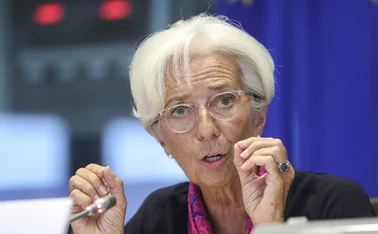
Inequality sharpens monetary policy’s effects – ECB paper
Author analyses “inequality channel” using model with three types of heterogeneous agent

Monetary policy becomes more effective when there is a greater degree of household inequality, a working paper published by the European Central Bank argues.
In Monetary policy, agent heterogeneity and inequality: insights from a three-agent New Keynesian model, Maria Eskelinen presents a new Keynesian model featuring three different types of representative agents. These are “poor hand-to-mouth”, “wealthy hand-to-mouth” and “non-hand-to-mouth” households.
Eskelinen says her model is “easier to
Only users who have a paid subscription or are part of a corporate subscription are able to print or copy content.
To access these options, along with all other subscription benefits, please contact info@centralbanking.com or view our subscription options here: subscriptions.centralbanking.com/subscribe
You are currently unable to print this content. Please contact info@centralbanking.com to find out more.
You are currently unable to copy this content. Please contact info@centralbanking.com to find out more.
Copyright Infopro Digital Limited. All rights reserved.
As outlined in our terms and conditions, https://www.infopro-digital.com/terms-and-conditions/subscriptions/ (point 2.4), printing is limited to a single copy.
If you would like to purchase additional rights please email info@centralbanking.com test test test
Copyright Infopro Digital Limited. All rights reserved.
You may share this content using our article tools. As outlined in our terms and conditions, https://www.infopro-digital.com/terms-and-conditions/subscriptions/ (clause 2.4), an Authorised User may only make one copy of the materials for their own personal use. You must also comply with the restrictions in clause 2.5.
If you would like to purchase additional rights please email info@centralbanking.com test test test







